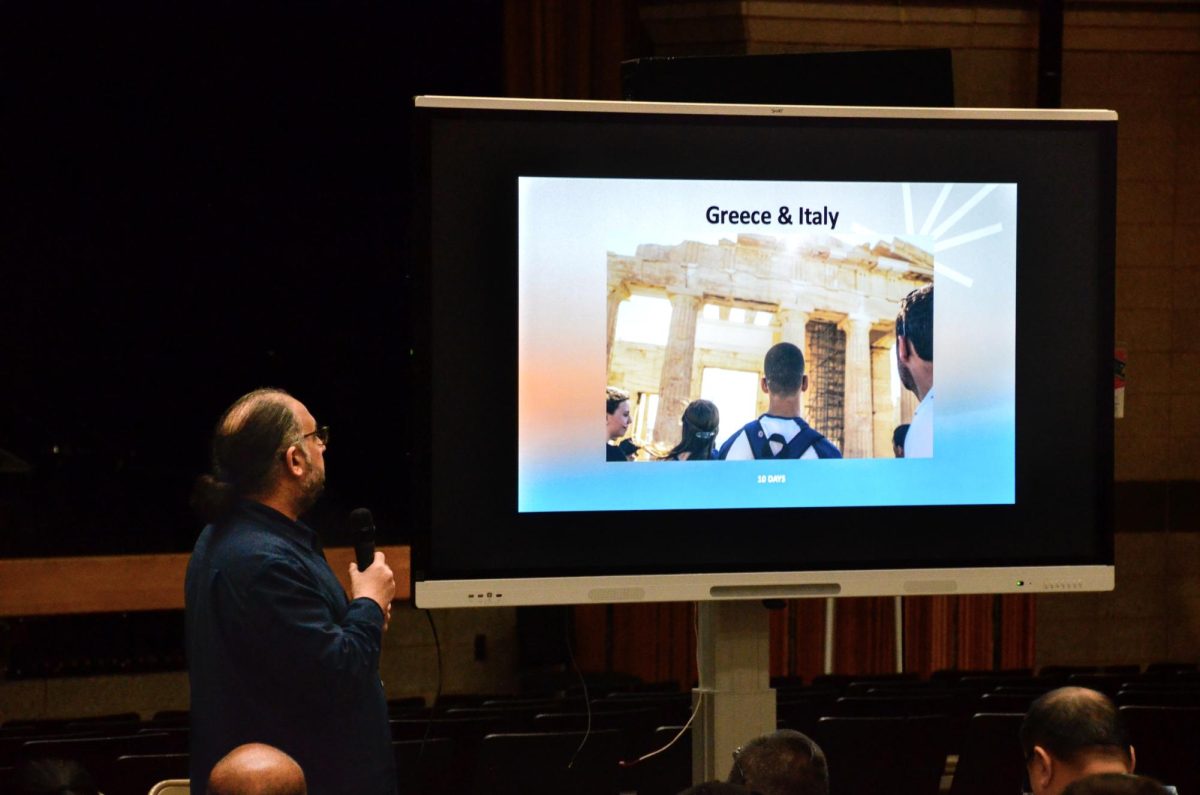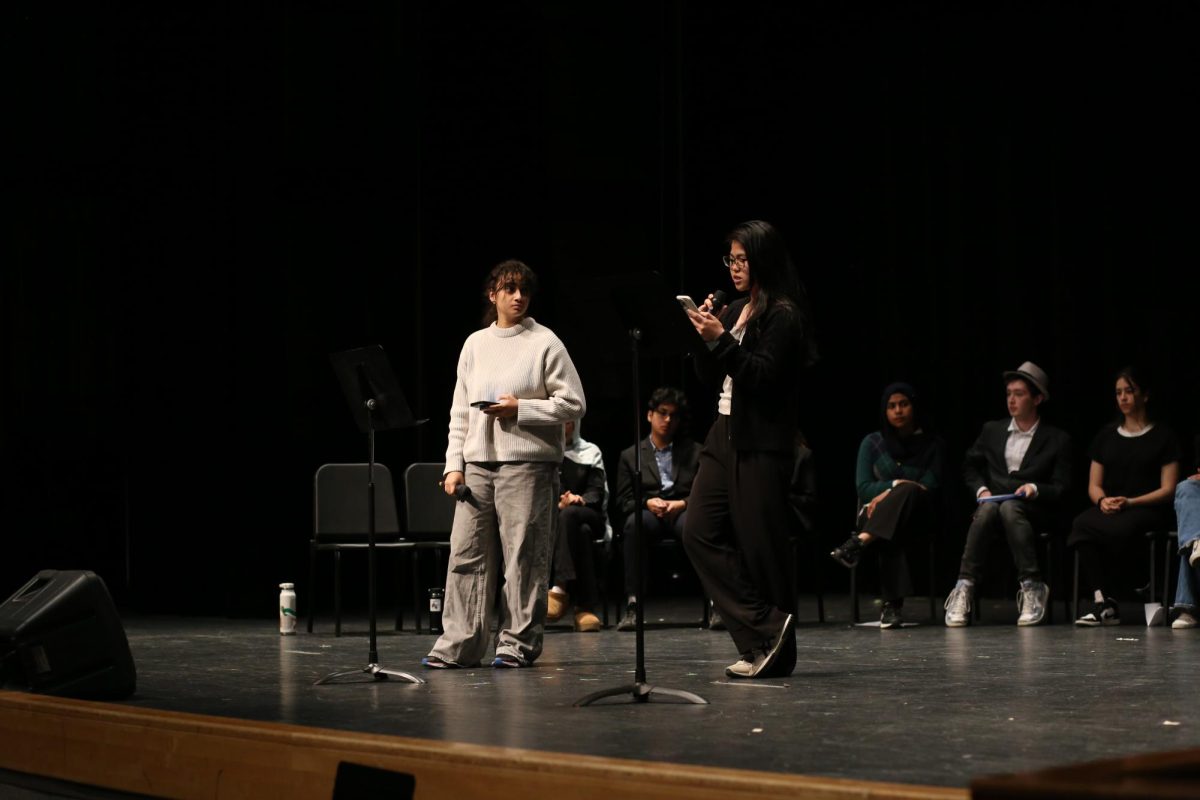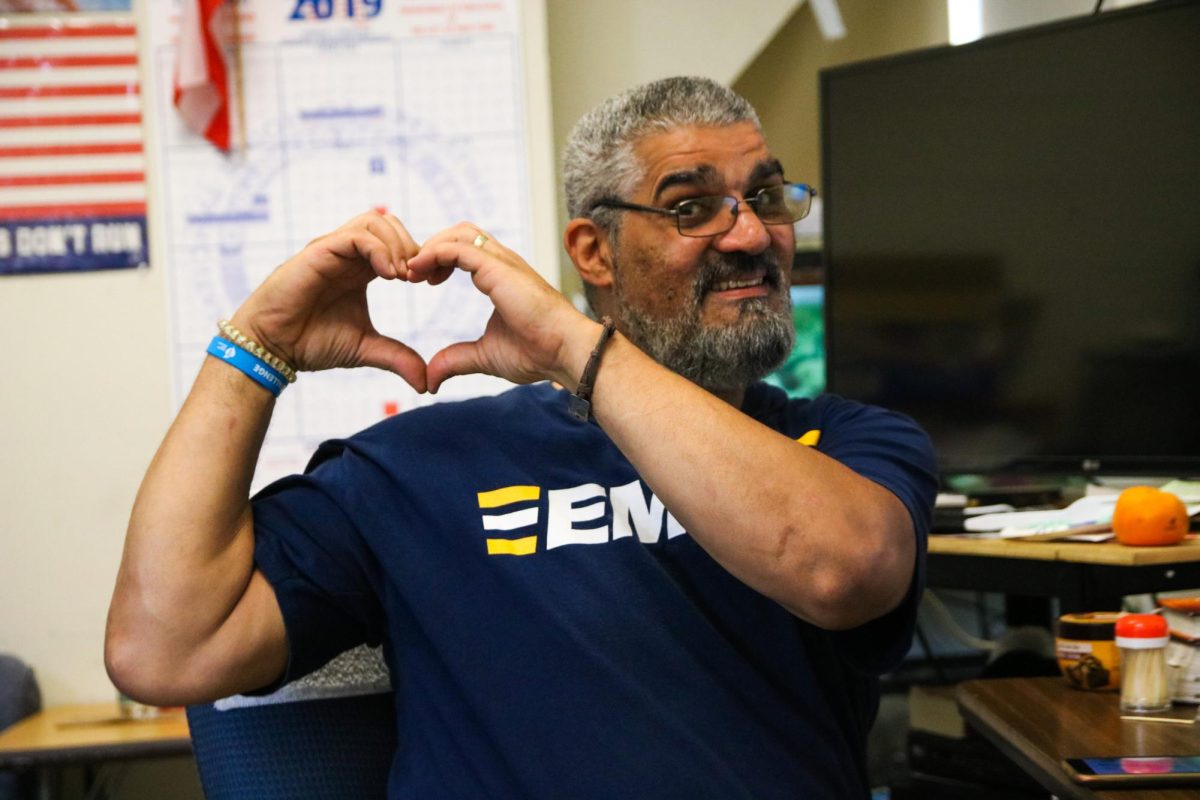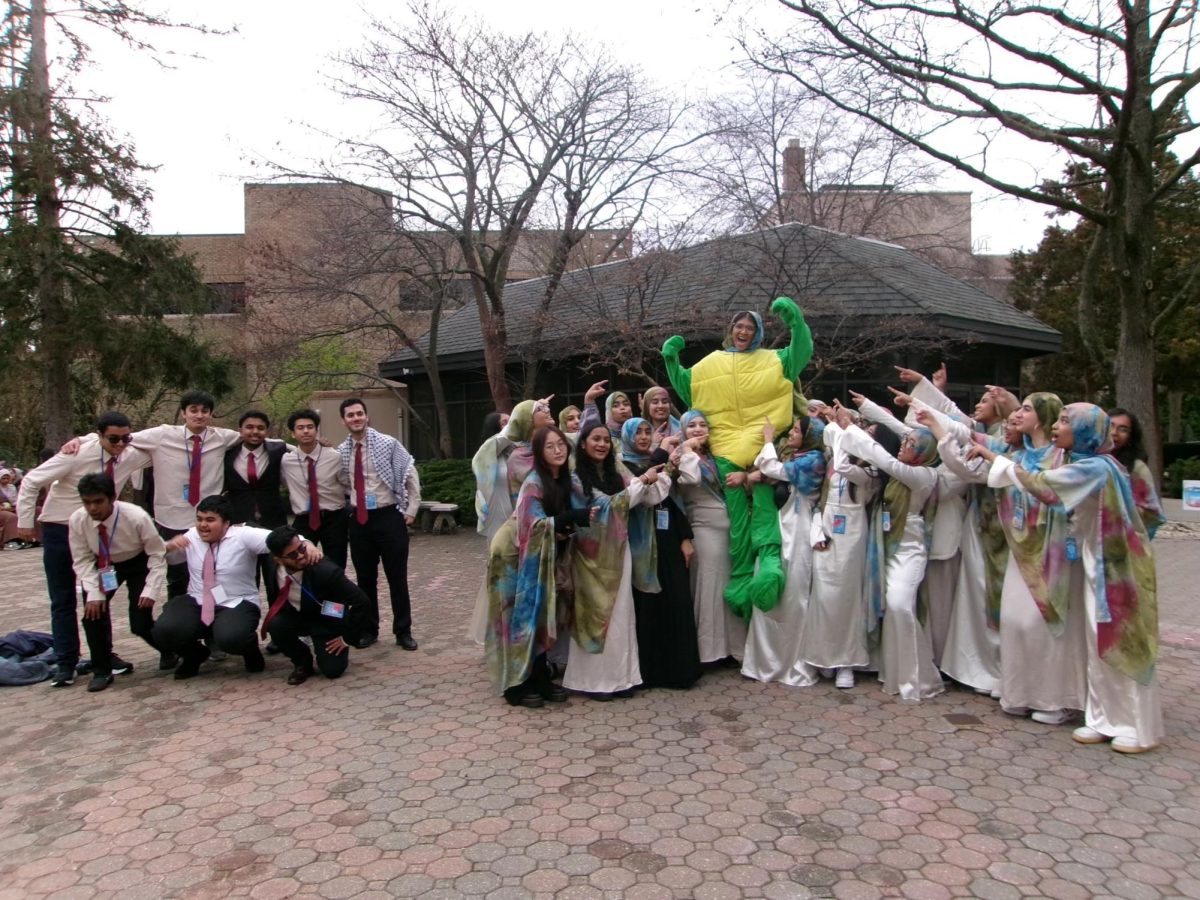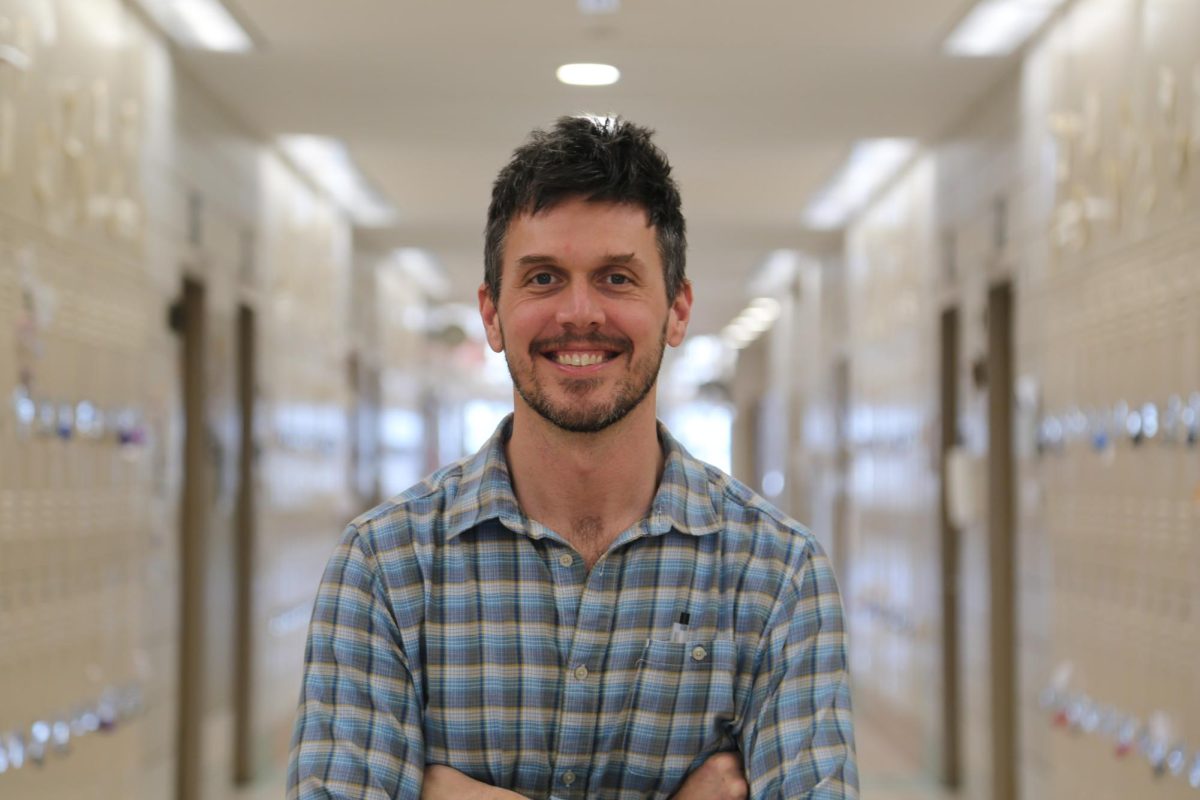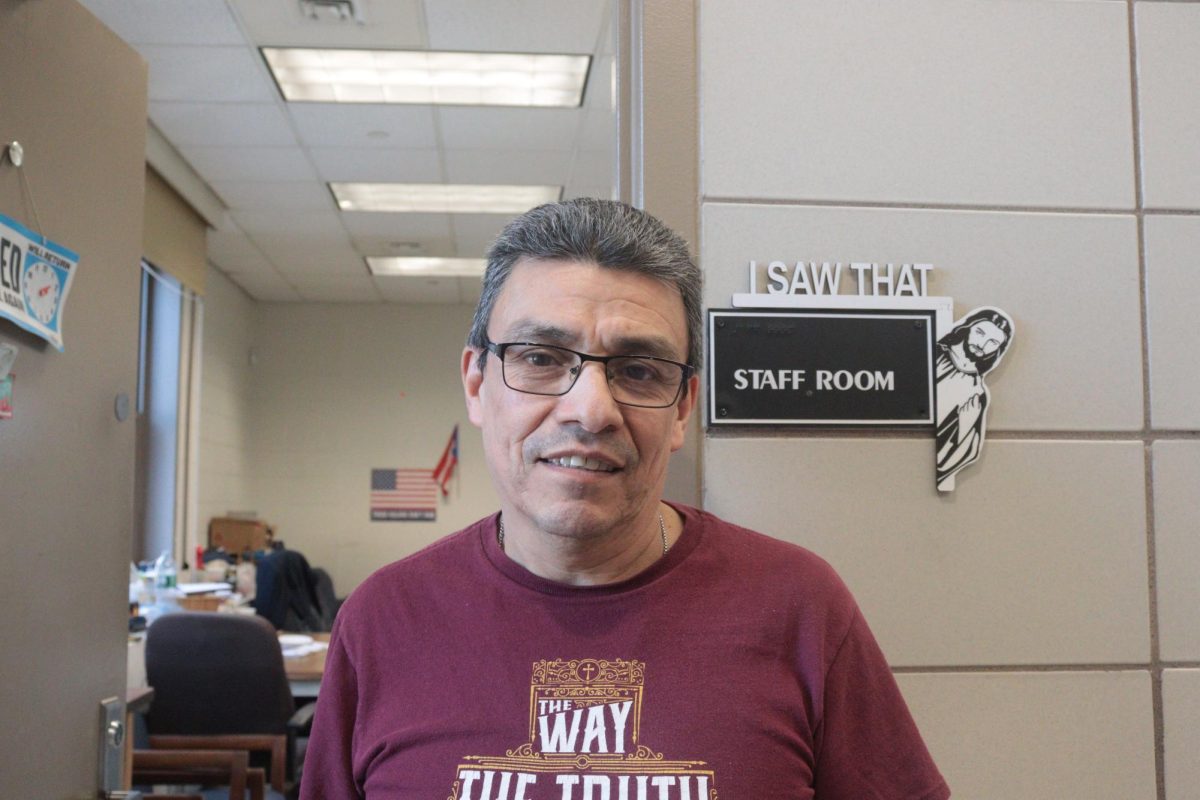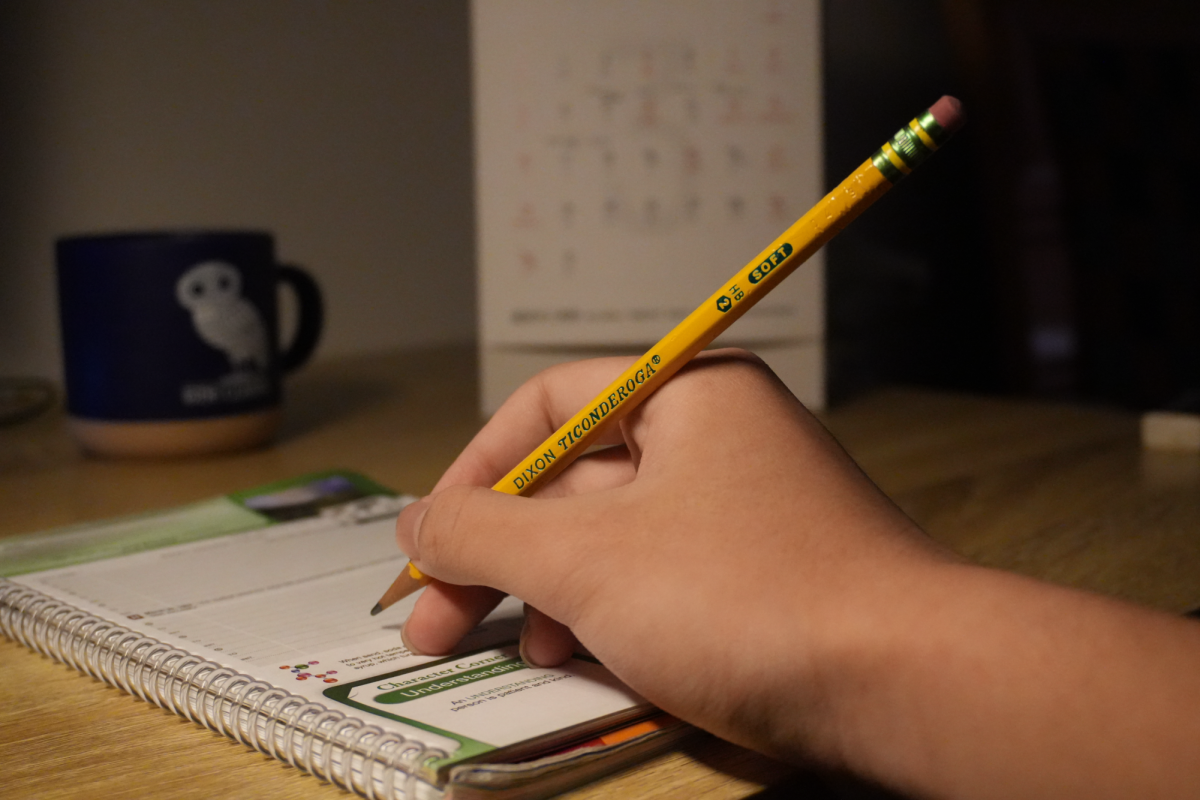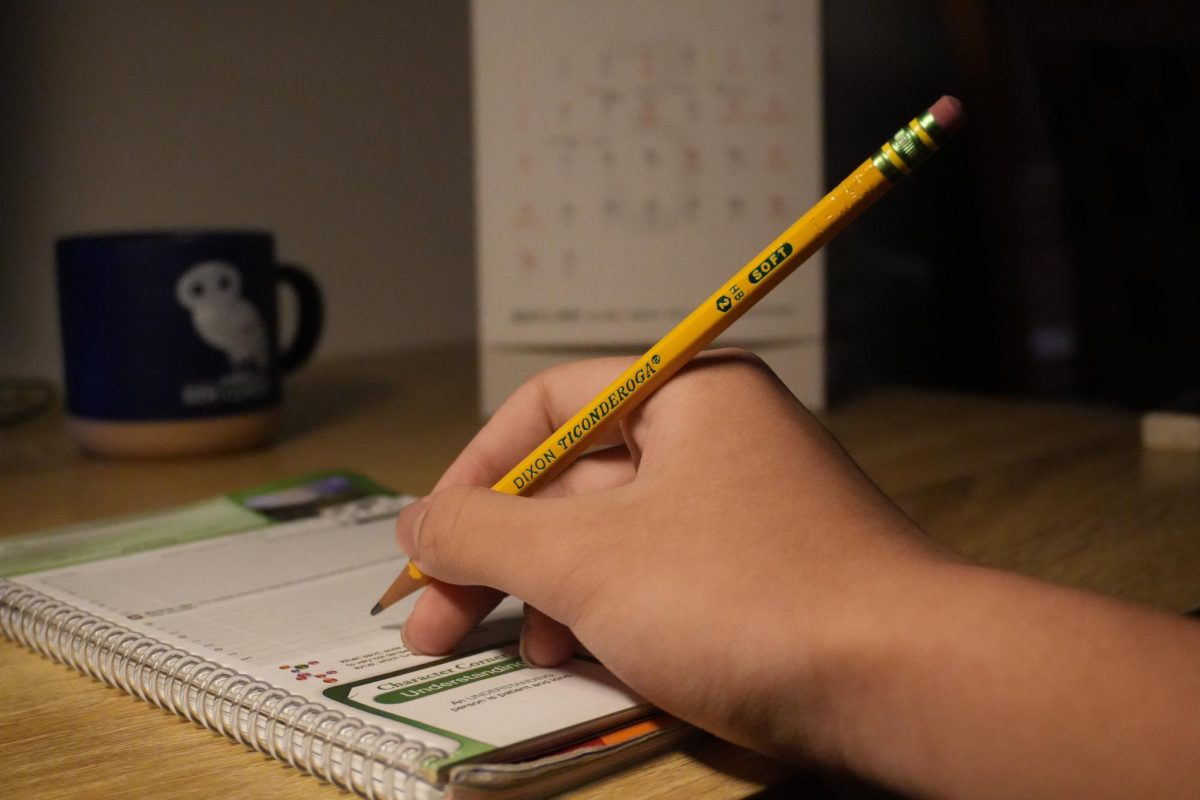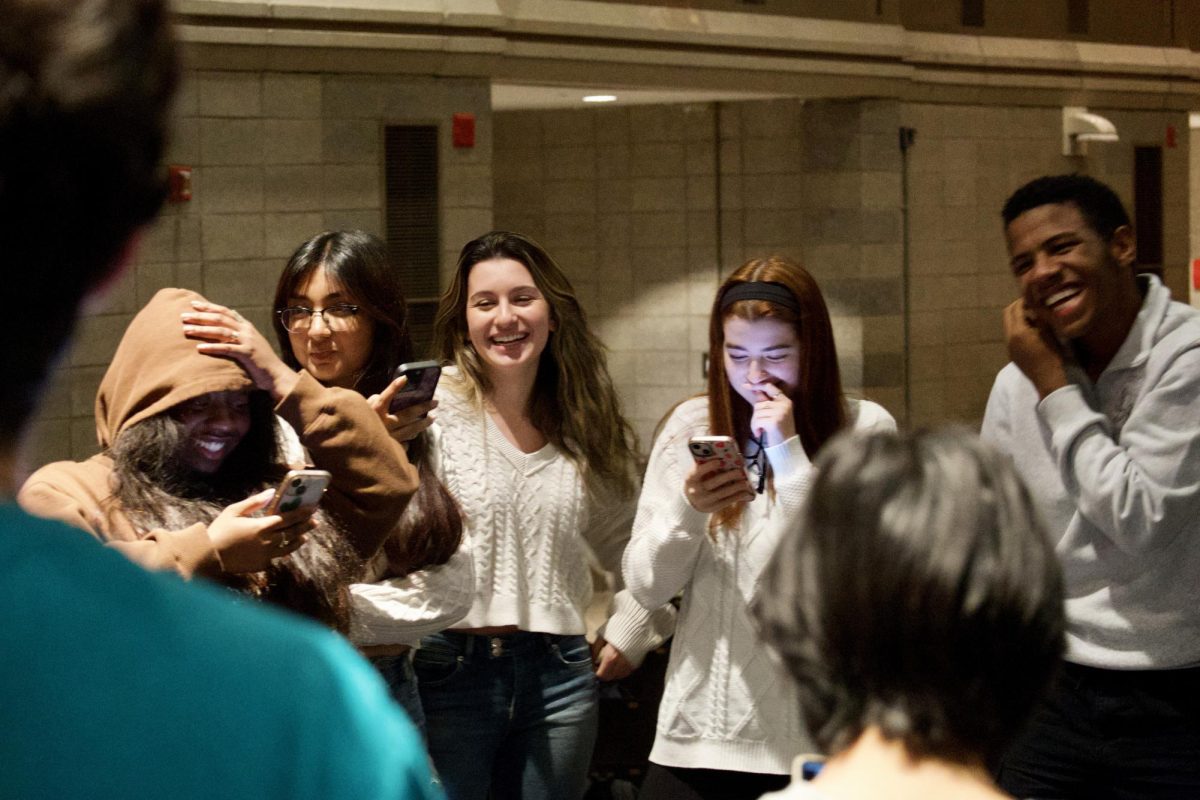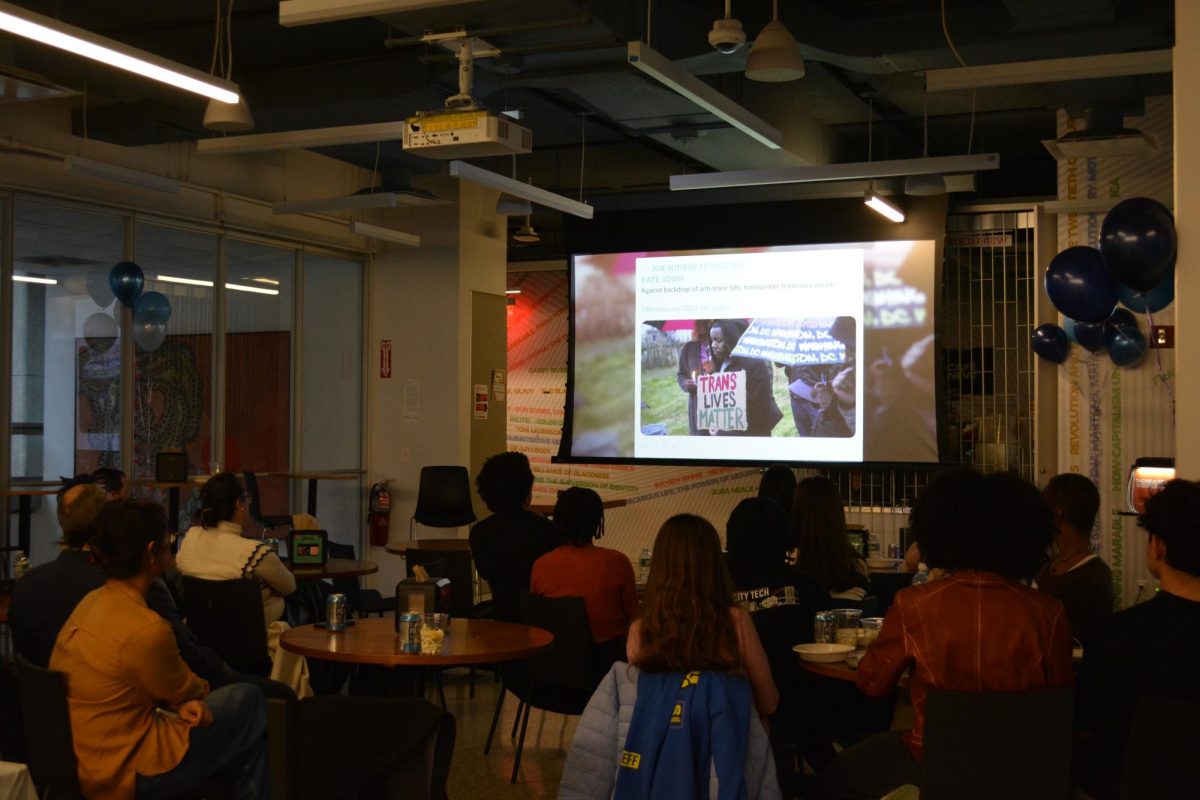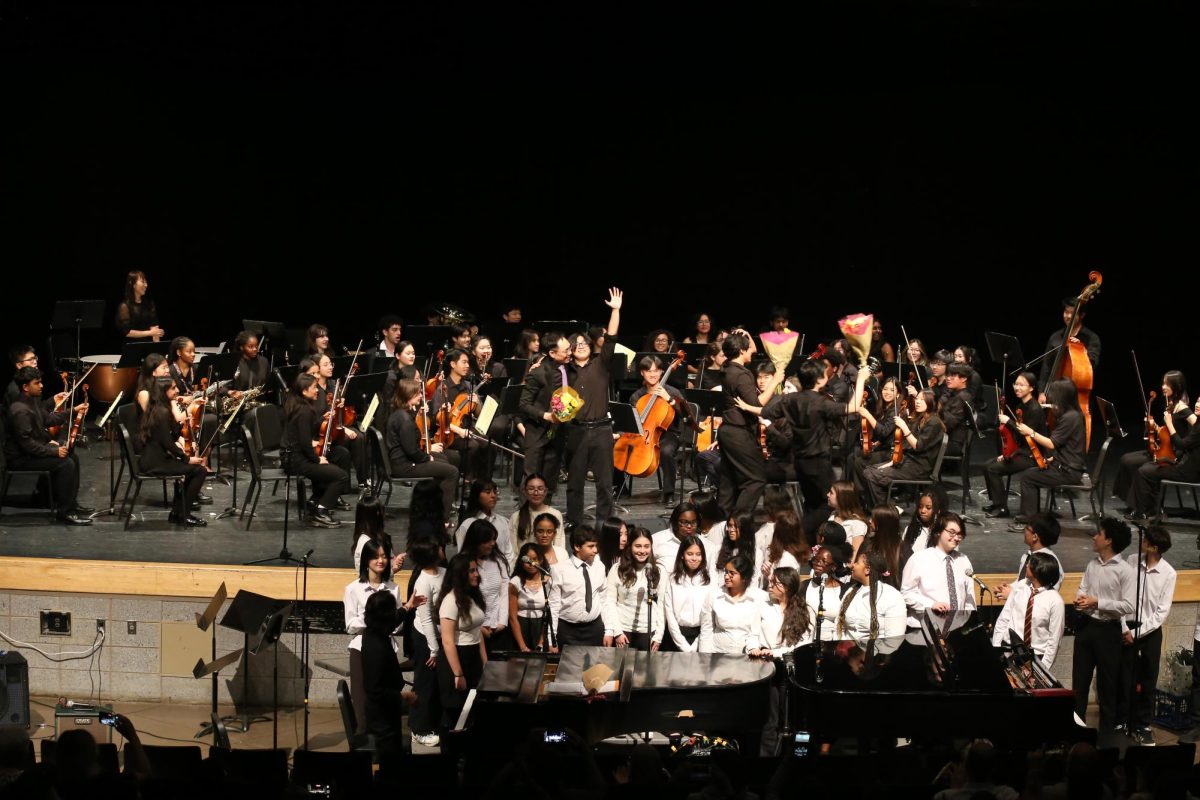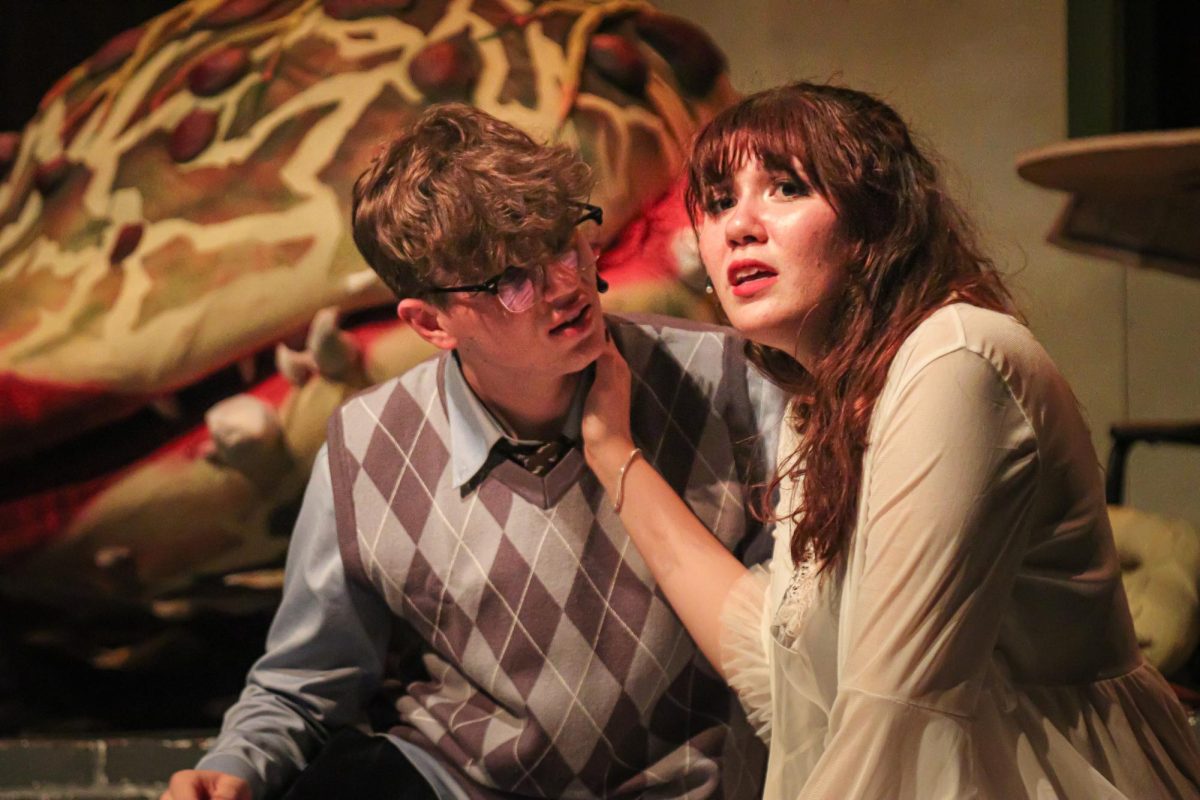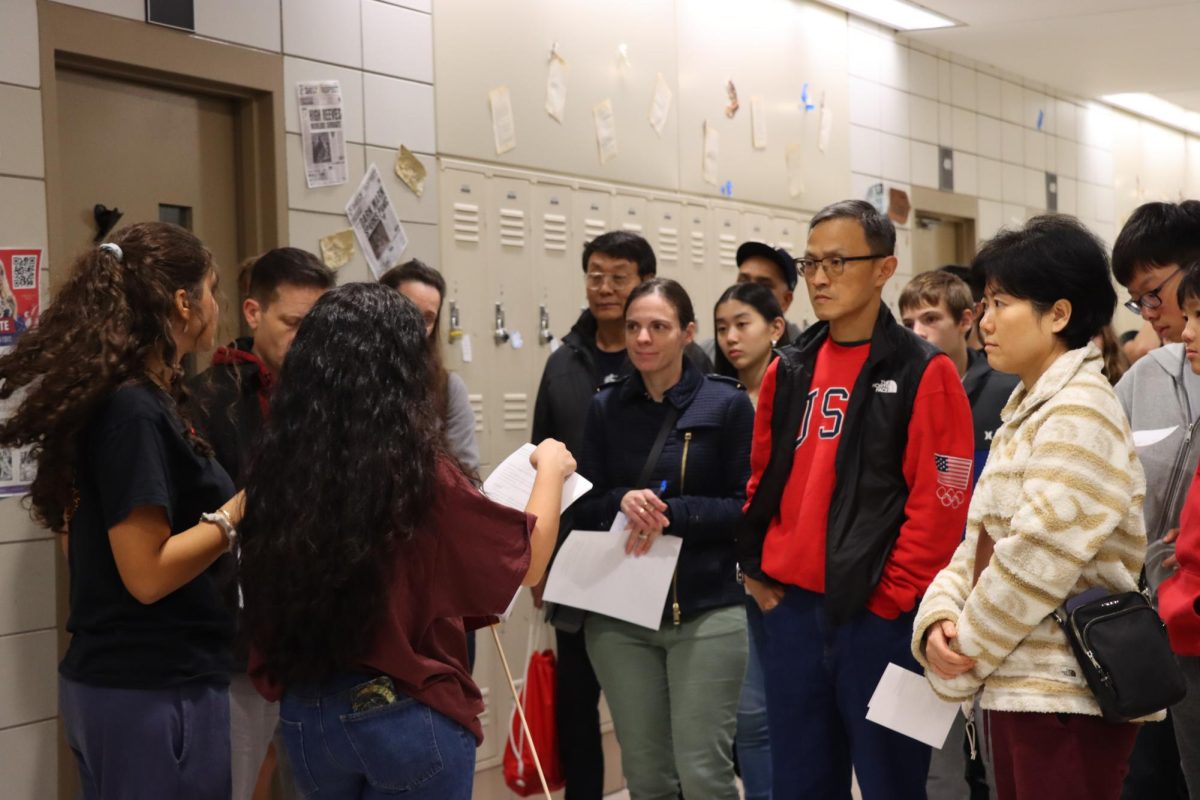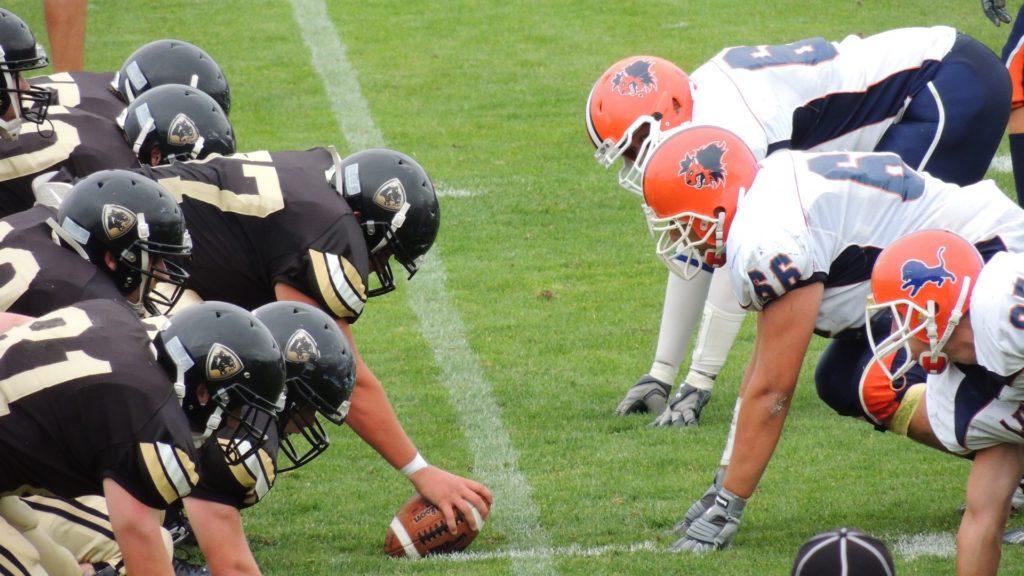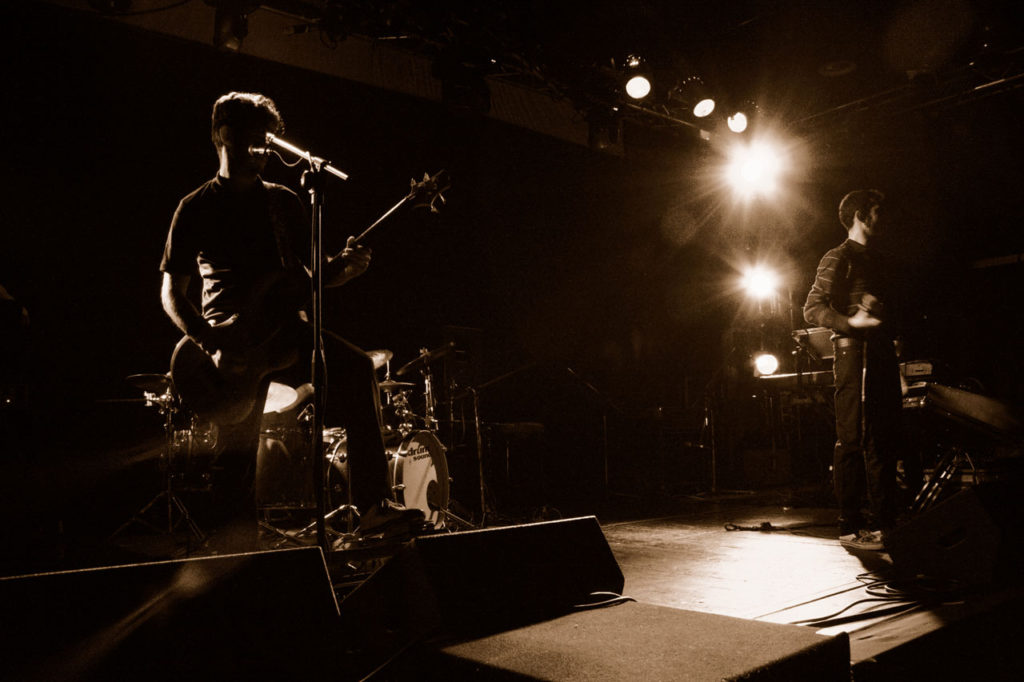
Despite criticism about the elitist atmosphere that infests Townsend Harris, there has been no attempt in eliminating the superiority complex that exists within several Harrisites. Educators refer to THHS students as “the best in the city,” which not only leads to a skewed understanding of what intelligence is, but also fosters a sense of pretentiousness in students who take these words to heart. Much of this attitude stems from stigmas some teachers place on certain environments, such as referring to the Pomonok Houses, a public housing complex a few blocks away from THHS, as “dangerous.”
While organizing the #ThisStopsToday protest against police brutality, I received backlash from a teacher who expressed “concern” about marching through a “dangerous” neighborhood.
The protest was mapped to walk along the borders of Pomonok Houses to the 107th police precinct.
This type of coded language, when warning students about commutes through the projects, is offensive because it suggests the potential of a resident of the neighborhood to pose a threat to students.
When anyone refers to the projects as unsafe, he is unintentionally characterizing the residents as criminals, or people the students should be wary of. These projects are predominantly composed of working-class people of color, and such language perpetuates a stereotype that they continuously have to endure: that they are dangerous.
There is inadvertantly a divide that is created between “us,” the law-abiding students, and “them,” the dangerous lower class.
While this is a false illusion of the types of people who reside in the projects, it becomes one that the students begin to subconsciously believe.
With the generalization of those living in the projects as being dangerous, there surfaces the idea that we students do not belong in such areas, or that we are elite in comparison.
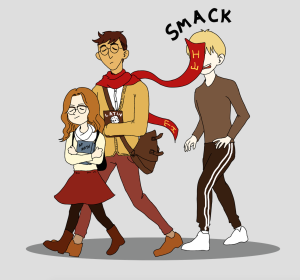
Such an implication is highly derogatory to the residents, and can be harmful to THHS students of color who may happen to reside in the projects.
Many of the associations with the projects being a crime-ridden place with unruly people are often misplaced.
According to CGI Housing, crime rates are actually lower in the projects compared to the general public due to the extensive screening processes applicants must go through to receive public housing.
We all have implicit biases and we all have to work towards being conscious of these biases so that we do not act upon them. We should create a school environment in which no one is stereotyped or given a set of characteristics based on things like race or creed.
We should foster an environment where no one is believed to be superior to anyone else based on anything, including perceived intelligence, socioeconomic status, location, or skin color.
High school is a time when many teenagers begin to develop their own ideas about the society in which they live.
In this crucial stage of development and maturation, we cannot allow these racial stereotypes and elitist views to continue clouding their perception of certain cultures or races.

